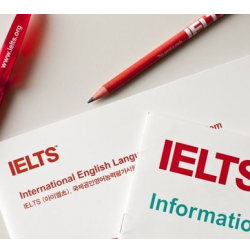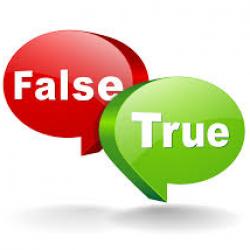PRACTISE DOESN’T MAKE PERFECT – PART 2

۱۶ مرداد ۱۳۹۶
Characteristics of Production:
When learners have to produce actual language, they are likely to find gaps between what they know and what they need to know (Swain, 1995). Some research suggests that opportunities to learn through output (i.e., writing and speaking) are different from those provided by input (i.e., reading and listening).
A production activity should meet several conditions to be the most effective. These are: (1) a problem that requires resolution; (2) a required two-way or multi-way information exchange; (3) the manipulation of information rather than the manipulation of language; and (4) the use of the higher order thinking skills (criticizing, evaluating, analyzing, and synthesizing).
CONDITION 1: A task which requires an identifiable solution. The notion of an identifiable solution is key because both students and teachers need to know when a task has been accomplished and have some way to determine whether it is successful or not. Examples of tasks with identifiable solutions might include the creation of a tourist brochure, arranging a party, ordering a meal in a restaurant, making travel arrangements, or arranging a schedule.
CONDITION 2: A required two-way or multi-way information exchange. This means that information must be exchanged among all participants. Each participant possesses some piece of information but no participant possesses all of the information necessary for problem resolution. Such tasks are sometimes called information gap, decision gap, opinion gap, or jigsaw activities. In order for the group to be able to solve the problem that confronts them, all pieces of the information are necessary. This requires all members to participate.
CONDITION 3: Information manipulation rather than language manipulation. This requires that the learners be focused on task completion and not on “substitution” drills where they are simply exchanging words within a single structure. In information manipulation, the central notion is that the students need to figure out how to use the information that has been communicated within the group.
CONDITION 4: The use of higher order thinking skills. This means that the students must do more than simply “read, recognize, and remember” (Bloom 1956; Krathwohl, Bloom, and Masia 1973). These higher order thinking skills include analysis, synthesis, and evaluation. Tasks might include such things as deciding which activities to do for a class presentation, creating a city map with the most important tourist destinations in your city with directions and descriptions, or planning a party or event for a class. All of these require discussion, thinking, planning, evaluating, and participation.
MEXTESOL Journal, Volume 35, Number 1, 2011


